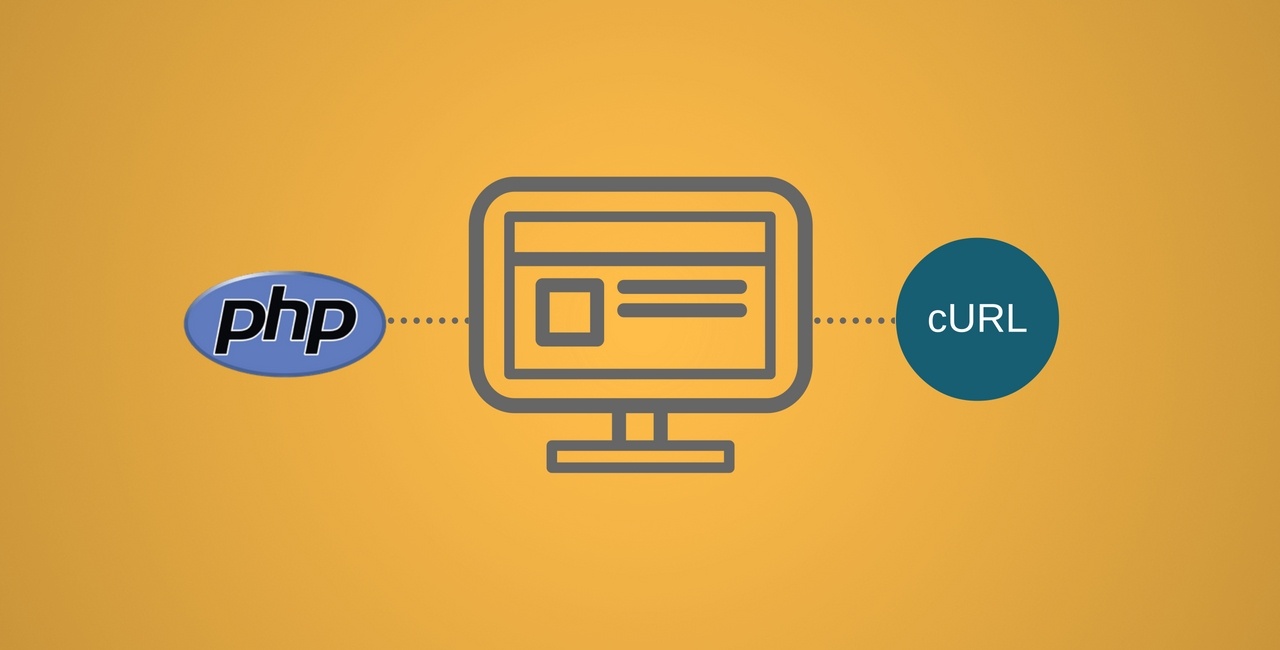
cURL is software that mostly works as a command line utility and library used to transfer data on a variety of protocols.
The largest number of commercial users of Curl are in Japan and other Asian countries, but Curl is fairly accessible in the West.
Curl Headquarters is located in Cambridge, Massachusetts, and the Sumisho Computer Systems Corp wholly owns it.
cURL supports a wide variety of protocols, such as FTP, HTTPS, FTPS, SCP, SFTP, TFTP, TELNET, LDAP. cURL also supports SSL, HTTP POST, HTTP PUT, FTP uploading, HTTP-based uploads, proxies, cookies, user-based authentication, and passwords, resume file transfer and other useful options.
Curl is an object-oriented programming language designed for writing interactive web applications.
cURL combines text markup, script writing, and a powerful computational mechanism, all in one unified framework. Language is mainly used to solve intra-corporate tasks, B2B and B2C applications.
Curl is a markup language like HTML, that is, plain text is shown precisely as text; but, at the same time, Curl includes the capabilities of an object-oriented programming language, including multiple inheritance support.
Curl applications do not require separation of information, style, and behavior, as is done for HTML, CSS and JavaScript, although this programming style can be used in Curl if necessary.
Curl can work independently of applets for many years; that is, a web applet running on the user’s desktop does not depend on the browser window.
Curl is free for limited commercial and commercial use (see licensing). There is also a professional version that supports additional industrial grade features.
CURL is a library of PHP programming languages.
In PHP, cURL is available through libcurl libraries. To enable libcurl support when installing PHP, add to the configuration / compilation line and:
1. apt-get update
2. apt-get -f install php4-curl
3. Make /etc/php4/apache/php.ini (or where you have the php.ini file on the server)
4. Add to the Dynamic Extensions under the other extensions already set extension = curl.so to enable libraries
5. Save the modification and restart the apache server: /etc/init.d/mysql restart
6. Create a PHP file in which you put the script below to test if the library was installed and activated.
<? Php
$ url = ‘http: //’;
$ curl_handler = curl_init ();
curl_setopt ($ curl_handler, CURLOPT_RETURNTRANSFER, 1);
curl_setopt ($ curl_handler, CURLOPT_URL, $ url);
$ result = curl_exec ($ curl_handler);
curl_close ($ curl_handler);
echo $ result;
A simple HelloWorld Curl applet could look like this:
{Curl 5.0, 6.0, 7.0 applet}
{text
color = “blue”,
font-size = 16pt,
Hello World}
This code will be executed if the user has Curl installed in at least one of versions 5.0, 6.0, or 7.0.
Curl provides support for both macros and text processing, in addition to unnamed naming procedures and methods.
An alternative to using the “paragraph” text procedure can be:
{paragraph
= paragraph indent-left-0.5in,
{text color = “red”, font-size = 12pt,
Hello}
{text color = “green”, font-size = 12pt,
World}}
Most of the cURL features are created by combining JavaScript + HTML + CSS libraries which have long been implemented in Curl, including such features as commonly associated with Prototype + Scriptaculous, such as a set of tabs.

